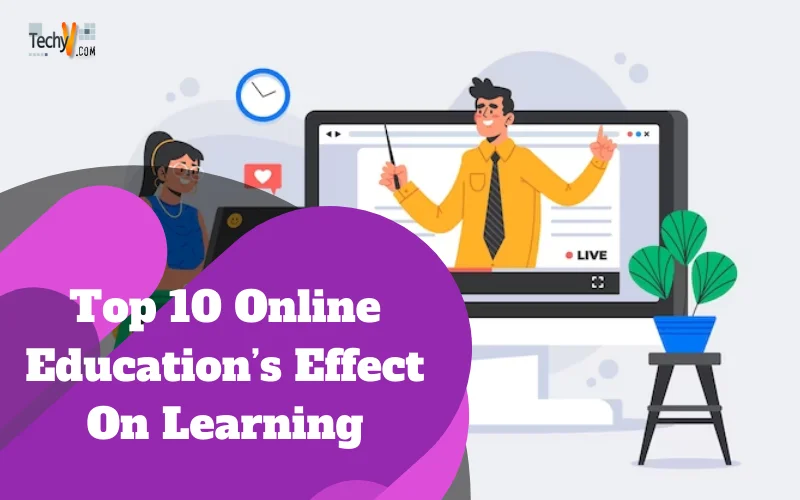Online learning is becoming an effective method of delivering education. The virus had such an influence that online education became an omnipresent aspect of the modern environment, resulting in school closures and no physical connection between teachers and pupils. During the lockout, online classrooms and technology emerged as superheroes. The aspect of online learning for many students is the inability to focus for lengthy periods on a screen. It is common for students to log into class and then become sidetracked by other activities.
1. Online Learning Experience
Traditional teaching and learning approaches are losing effectiveness in engaging pupils, who no longer rely only on the teacher for information. The teacher’s new function is to serve as a learning facilitator and guide for students. They should assist pupils in locating information, questions, and create an opinion about it. The incorporation of online teaching raised several challenges for instructors, curriculum designers, and administrators, ranging from infrastructure to online teaching and evaluation.

2. Impact Of The Learning Activities On Students’ Performance
The tactics for improving students’ learning capabilities influence their performance. The learning ability and influence of students are evaluated. The course component, where students exhibit their connection with the course content, is quite crucial. The quality of students’ online involvement, assiduity and contact with others, and contribution to projects differs from class participation.

3. It Is Flexible
Online education allows the teacher and the student to establish their learning speed and flexibility in creating a timetable that works for everyone. Adopting an online educational platform allows a better balance between work and study, no sacrifices are required. Online learning gives essential time management skills, making it simple for a solid work-study balance. A shared agenda between the student and instructor encourages additional duties and gain autonomy.

4. Teachers’ Observations
Data from students’ e-learning performance is analysed and presented. The six distinguishing characteristics are identified. The attribute is divided into sub-items that respondents assess on a scale of 1 to 5. The average of the sub-item ratings is determined for each of the six key features.

5. Lack Of In-person Interaction
On a psychological level, virtual engagement cannot replace real interaction. The actual presence inside a classroom with a teacher and peers frequently creates an environment that can’t be recreated virtually. The physical model also maintains discipline because pupils cannot turn off cameras and fall asleep. Physical classrooms also allow teachers to devote more personalized attention to the requirements of each student. The interactive eLearning programs can assist in increasing student engagement.

6. Abundant Distractions
The technical challenges, bandwidth concerns, repetitive lectures, and online attendance dropped dramatically. Students find online learning uninteresting and frequently complain about a lack of drive to complete a program. The professors frequently complain about the lack of resources to make lessons engaging, leading to a loss of interest. Education quality is jeopardised due to a lack of accountability in the online teaching technique. The unfettered use of laptops and mobile phones during lessons distractions have multiplied frequently.

7. Learners Empowered Through Mobile Learning And Microlearning
Microlearning education consists of tiny or brief courses, relatively restricted learning units or themes. It incorporates an educational program in which the content design and learning process organized in units and steps, owing to the individual demands of the learners. Images, quizzes, text, music, video, and games are some kinds of content. Students can watch a brief instructional video for a job before completing it.

8. Wide Selection Of Programs
There are limitless talents and subjects to teach and study in an environment as broad and diverse as the internet, with a rising number of universities and colleges providing online versions of programs at various levels and subjects. The possibilities for every sort of learner, from music creation to quantum physics. Studying a program online is an excellent way to obtain an official certificate, diploma, or degree without visiting a university campus.

9. More Cost-effective Than Traditional Education
Online education is typically less expensive than in-person education. There are frequent payment methods available, in instalments or per class. It enables better budget control. It saves money by avoiding the commute and using free class materials. Not only that but there are several scholarships available for online education these days. The monetary investment is lower, the outcomes may be superior to alternative possibilities.

10. Accessible
Online education allows you to study or teach from anywhere in the globe. You save time, and money, which is spent on other priorities. The virtual classroom is accessible everywhere, there is an internet connection, and travelling is an excellent way to take advantage of this. While studying overseas and wanting to work, online education is a terrific option.


















